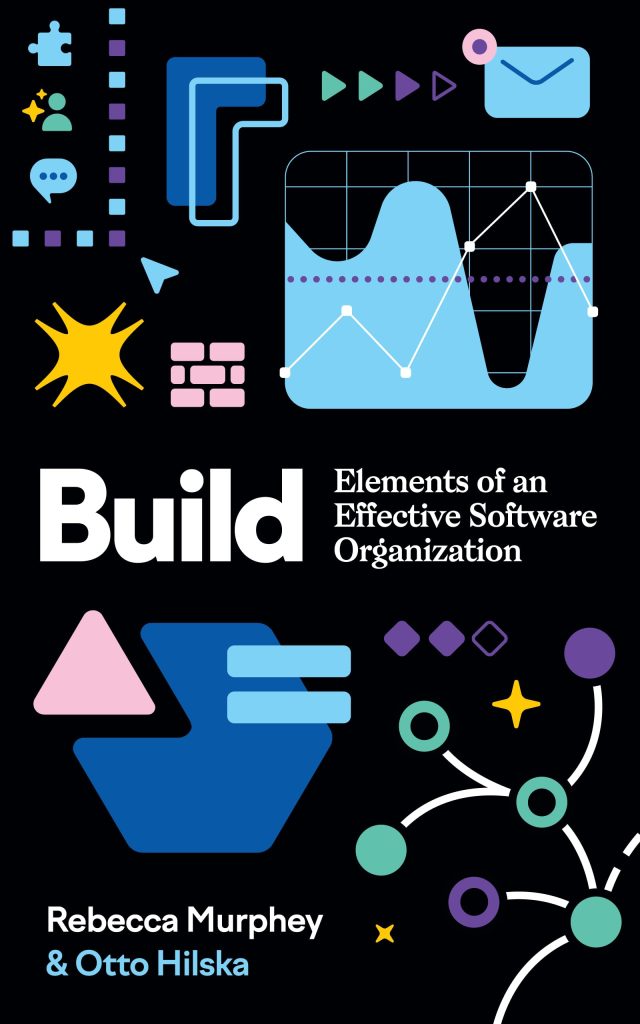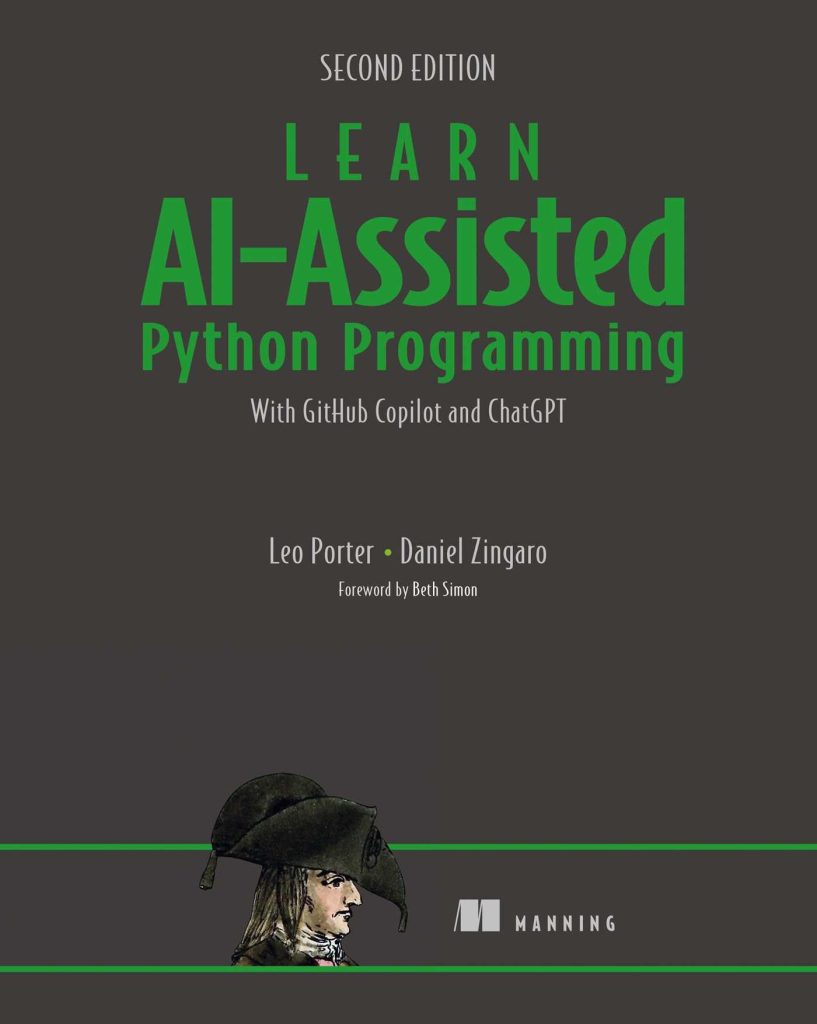
Table of Contents
Python is a handy tool for web development. In fact, Python is known for its great web development frameworks, Flask and Django, and its ability to adapt fast to technological advancements.
Both frameworks have attracted the attention of developers and are incredibly useful in the development of web applications. However, Flask and Django each offer their benefits and drawbacks, making it difficult to select between them.
The key aspects of the frameworks are compared in this post, and we attempt to explain which one to learn. In addition, we’ll look at using Flask versus Django and whether one framework is superior to the other.
Python Django vs. Flask
Both Flask and Django have advantages and disadvantages. As a result, it’s critical to remember that while picking a framework, there are a few things to think about initially, such as:
- What is the size and structure of the app that will be developed?
- What is the nature of the application?
- What will be the future of the app?
- Will the content be static or dynamic?
- Is it necessary for the app to be customizable?
- Questions about the web development team’s typical work environment, the database necessary for the program, scalability concerns, and so on could be asked.
As we delve into this article, we hope you will find answers to the above questions because that will be critical enough in determining which framework will best meet your needs.
What are web frameworks, and how do you use them?
A code library can be expressed in simpler terms as the web framework that helps web developers build more dependable, scalable, and maintainable web applications by offering common patterns. That’s to say, the web framework relieves you of all the tedious and repetitive activities so that you concentrate on what you want to accomplish. It’s quite cool!
Frameworks provide the capability to conduct common tasks required to run web applications, either directly in their code or through extensions. These include some of the most outstanding operations:
- Validation and processing of input forms
- A templating engine can generate HTML, XML, JSON, and other output types.
- An object-relational mapper is used to configure database connections and manipulate persistent data (ORM)
- Web security entails SQL Injection, cross-site request forgery (CSRF), cross-site scripting (XSS), and other obvious malicious attacks.
- Routing URLs
- Storage and retrieval of sessions
Not all frameworks include all of the features listed above. Some frameworks use the “batteries-included” approach, which includes everything possible, while others have a minimum core package that can be expanded later. The approaches of ‘Flask’ and ‘Django’ diverge here.
What’s the Difference Between Flask and Django?
We’ll go over the key differences between Django and Flask in this article. But first, let’s learn “What is Django?” and “What is Flask?” before delving into the differences between Django and Flask. So, let’s take a look at Flask first:
What exactly is Flask?
Flask is a micro-framework that provides basic web app features. This framework requires no external libraries. Form validation, object-relational mappers, open authentication systems, an uploading mechanism, and other tools are all available as extensions to the framework.
What exactly is Django?
Django is a Python web development framework providing a standard method for developing a website quickly and effectively. Thus, it’s perfect for the development and maintenance of high-quality web applications. In addition, it allows you to streamline the development process and save time.
It’s a high-level web framework that makes rapid development possible. This web framework’s main goal is to help you build complex database-driven websites.
Key Differences
- Flask includes API support, whereas Django does not.
- Flask does not support dynamic HTML pages, but they are available in Django.
- Django is a Python framework that targets easy and simple projects, whereas Flask is a Python web framework designed for rapid development.
- Django has a monolithic working style, whereas Flask has a diversified working style.
- On the other hand, the URL dispatcher of the Flask web framework is based on controller-regex, whereas the URL dispatcher of the Django framework is based on RESTful requests.
- Django is a Full Stack Web Framework, while Flask is a WSGI framework.
Flask Characteristics
Here are some of Flask’s key features.
- Support for unit testing that’s integrated.
- Request dispatching via RESTful API.
- Ninja2 is the template engine used.
- It’s built using the Werkzeug toolkit.
- Secure cookies are supported (client-side sessions).
- There is a lot of documentation.
- It has compatibility with the Google app engine.
- APIs are well-designed and consistent.
- Easily deployable in a production environment
Django’s characteristics
The following are some of Django’s key features:
- Model – View – Controller (MVC) Architecture is available.
- Libraries for imaging, graphics, scientific calculations, and more are pre-defined.
- Multiple databases are supported.
- The operating system runs on multiple platforms.
- Optimization of a website across multiple specialized servers
- Ajax, jQuery, Pyjamas, and other front-end tools are supported.
- Multi-Language and multi-characters are supported.
Flask vs. Django: What’s the Difference?
The most popular Python frameworks are Flask and Django. The following are some key differences between Django and Flask.
| Flask | Django |
| The Flask Python web framework was created in 2010 for rapid development. | Python web framework was created in 2005 for easy and simple projects. |
| Flask is a web server application framework. | Django is a full-featured web development framework. |
| API support is available in Flask. | API support is not available in Django. |
| Visual Debug should be supported. | Visual Debug is not supported. |
| Flask supports a wide range of database types. | Django does not support multiple database types. |
| Forms aren’t supported by default in Flask, but you can use WTForms to make up for it. | Django includes a Form that can be used in conjunction with the ORM and the admin site. |
| Dynamic HTML pages are not available in Flask. | Django allows you to create dynamic HTML pages. |
| The flask module, a global variable in Flask, is used to import the request-based object. | In Django, each view is set as a separate parameter. |
| In comparison to Django, Flask is a much younger platform. | Django is a well-established framework. |
| Flask allows you to work in a variety of ways. | Django has its library of modules. As a result, it saves several pre-written codes. |
| It allows for the creation of an extension that can be integrated into the framework. | The Django project layout follows a traditional structure. |
| The Flask web framework project layout has a random structure. | The Django web framework supports the View web templating system. |
| The Flask web framework uses the Ninja2 template design. | ORM Templates and underpowered templating |
| The Flask web framework’s URL dispatcher is a RESTful request. | This Django framework’s URL dispatcher is based on controller-regex. |
| There is no built-in bootstrapping tool in Flask. | Django-admin allows developers to begin developing web applications without requiring any external assistance. |
| If you want a lightweight codebase, Flask is a good option. | Django’s best feature is its extensive documentation. |
| The Flask framework is best suited for single-application development. | The Django framework enables developers to split a project into multiple pages. |
| The Flask Web Framework does not support third-party applications. | The Django Web Framework is compatible with a wide range of third-party applications. |
| The Flask’s best features are its lightweight, open-source, and requires little coding to develop an application. | Django’s best features are rapid development, open-source, a great community, and ease of learning. |
| Netflix, Reddit, Lyft, and MIT are just a few well-known companies that use Flask. | Instagram, Coursera, and Udemy are examples of well-known companies that use Django. |
Benefits of Using a Flask
The following are some of the advantages and disadvantages of using Flask.
- Improved compatibility with cutting-edge technologies
- Experimentation with technology
- For simple cases, it’s easier to use.
- The codebase is relatively small.
- For simple applications, there is a lot of scalabilities.
- It’s simple to create a quick prototype.
- Routing URLs is simple.
- Applications that are simple to create and maintain
- It’s simple to integrate a database.
- The core is small and extensible.
- The platform is both simple and powerful.
- There are a high number of materials available online, particularly on GitHub.
Disadvantages of using Flask
The disadvantages and drawbacks of Flask are listed below.
- In most circumstances, MVP development is slower.
- More complicated systems have higher maintenance expenses.
- Larger implementations require more complicated maintenance.
- Async could be a concern.
- ORM and a database are both lacking.
- Setting up a large project necessitates considerable familiarity with the framework.
- When compared to Django, it provides minimal support and has a smaller community.
Django’s Advantages
The following are some of the advantages of the Django framework:
- Django is simple to install and use.
- It provides a simple to operate interface for a variety of administrative tasks.
- It has a built-in internationalization system that allows it to provide multilingual websites.
- End-to-end application testing is possible with Django.
- Allows you to create an HTML output to document your API.
- The REST Framework well supports several authentication protocols.
- It’s used to limit the number of API calls from a single user.
- Allows you to set patterns for your application’s URLs.
- It comes with a built-in authentication system.
- Multiple caching techniques are included in the cache framework.
- Framework for quick web development at a high level
- A comprehensive set of tools
- Python classes were used to model the data.
Django’s disadvantages
The disadvantages and drawbacks of the Django framework are listed below.
- It’s a one-dimensional platform.
- Django ORM is heavily reliant. Therefore, a broad range of knowledge is required.
- There are fewer design decisions and components to deal with.
- Compatibility with cutting-edge technology
- For simple solutions, a higher entry point
- The larger the code, the better.
- For tiny tasks, it’s too bloated.
- ORM Templates and underpowered templating both failed quietly.
- The entire server is restarted when you use auto-reload.
- The learning curve is steep.
- Real-world scenarios are not covered in the documentation.
- Allows you only to process one request at a time.
- Routing necessitates some familiarity with regular expressions.
- Coupling of internal subcomponents
- Components can be deployed together, which might lead to confusion.
Which one should you learn: Flask or Django?
Flask is a fantastic framework for learning web development principles because it is lightweight, requires less writing, and is a good framework for learning web development basics. Furthermore, this framework includes most of the functionality found in other frameworks and allows developers to become familiar with the many approaches, tools, and libraries accessible. To put it another way, this framework expands learning chances.
Django has a more difficult learning curve. It is a very comprehensive framework, but it demands the developer to understand all of the built-in capabilities at once, which might lead to some framework confusion, especially at first. Nevertheless, for experienced developers, Django may be preferable since it helps them to understand the project’s design better if they join in the middle.
Less experienced developers, on the other hand, may prefer to start with Django because it allows for simple and quick web development. On the other hand, Web development may take longer with Flask for beginners because they must determine which components to use.
To summarize, Flask is typically easier to learn than Django. However, it may be more helpful to understand both frameworks to maximize their benefits and quickly overcome their shortcomings in the long term.
When should you use Flask or Django?
Now that we’ve established the key differences between the two frameworks, deciding whether to use Flask or Django should be a lot easier.
It would be best to use Flask when you want precise control, whereas a Django developer relies on a large community to produce unique websites.
Django paired with the REST Framework allows you to create strong APIs, but Flask involves more effort and thus has a higher risk of error.
Django intends to provide the framework with everything a developer could need to build a web application, saving time and allowing developers to focus entirely on expanding each project’s functionality individually.
On the one hand, Django is better suited to complicated and data-driven websites, such as media websites (e.g., The Washington Post), social media websites (e.g., Instagram, Pinterest), and an online marketplace, then Flask. On the other hand, it’s easy to scale and keep the development organized because there are many built-in features.
On the other hand, Flask is better for web apps with more static content, although it can also handle complicated web apps (for instance, Reddit and Airbnb). However, it may be more difficult to keep everything structured since there is more freedom regarding the tools and libraries utilized. It is also more difficult to keep everything structured.
The simplest way to assess which framework best suits your project approach is to construct a few basic CRUD apps with both frameworks.
Flask or Django: which is better?
First and foremost, they are both excellent frameworks for quickly developing web apps. While Flask offers more freedom, Django has a lot of functionality.
When it comes to which framework is superior, there is no straight answer. The sort of project and its size and the overall web application structure, and its flexibility will all influence whatever framework you select. It also depends on the choices of the developer or development team.
Flask, as previously stated, provides more learning possibilities, is more versatile, and gives the developer greater flexibility over the components he or she wants to use. As a result, the whole experience of producing a product component by component is prioritized.
On the other hand, Django primarily focuses on the end product and provides a simple approach to build an application utilizing its built-in solutions.
When comparing Flask with Django, there isn’t a better framework. However, both of these frameworks are great. On GitHub, Flask has 54.5k stars and Django has 56.7k, demonstrating how popular and similar they are in terms of reputation.
Final Thoughts
Have you made up your mind about the kind of framework you will use? The decision to use one framework, language or tool over another is nearly entirely dependent on the situation and challenge at hand.
Django is feature-rich, so you or your team will have to make fewer judgments. You’ll probably be able to move more quickly this way. However, if you disagree with one of Django’s recommendations or if your application has special needs that limit the number of features you may use, you might want to consider Flask.
There will always be concessions and tradeoffs.
Consider the limits of the project, such as time, knowledge, and budget. What are some of the primary features of your app? What are you unwilling to compromise on? Do you have to make a rapid decision? Do you need a lot of flexibility in your app? As you respond to these questions, try to put your personal opinions aside.
Finally, both frameworks have lowered the entry barrier for developing web apps, making them considerably easier and faster to create. Django is the way to go for e-commerce sites, MVPs, government websites, and mHealth applications if you’re short on time or money. However, when you have unique requirements and specialized components, Flask is the way to go. In addition, Flask is very useful for prototyping and handling small to mid-sized projects.
Source: https://www.codeunderscored.com/python-django-vs-flask/




